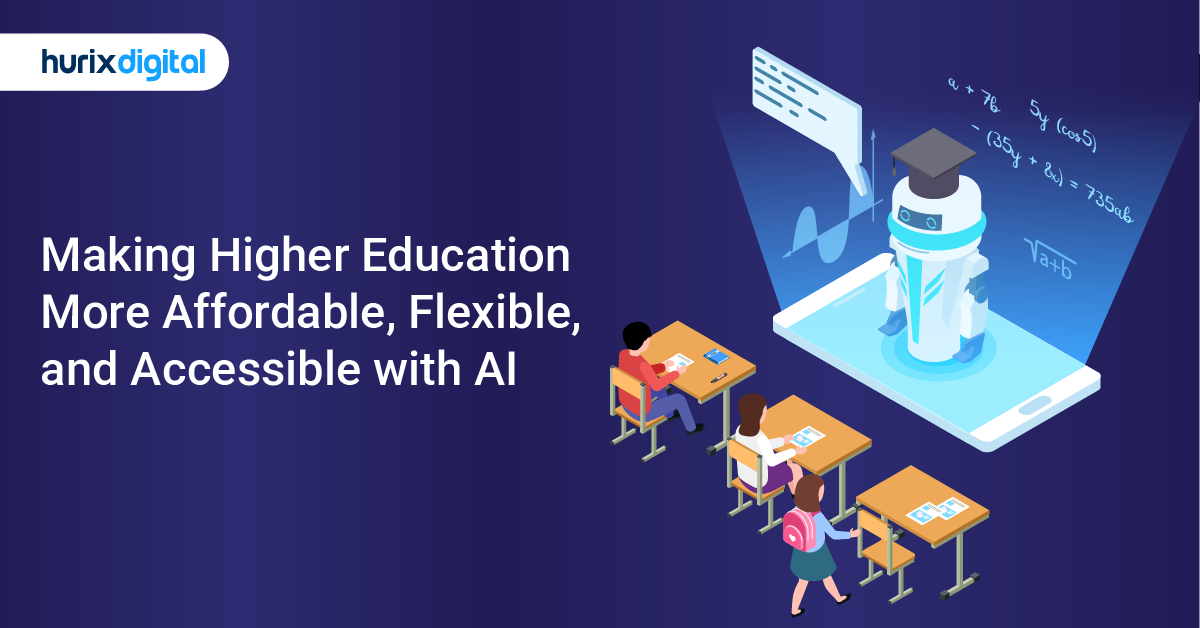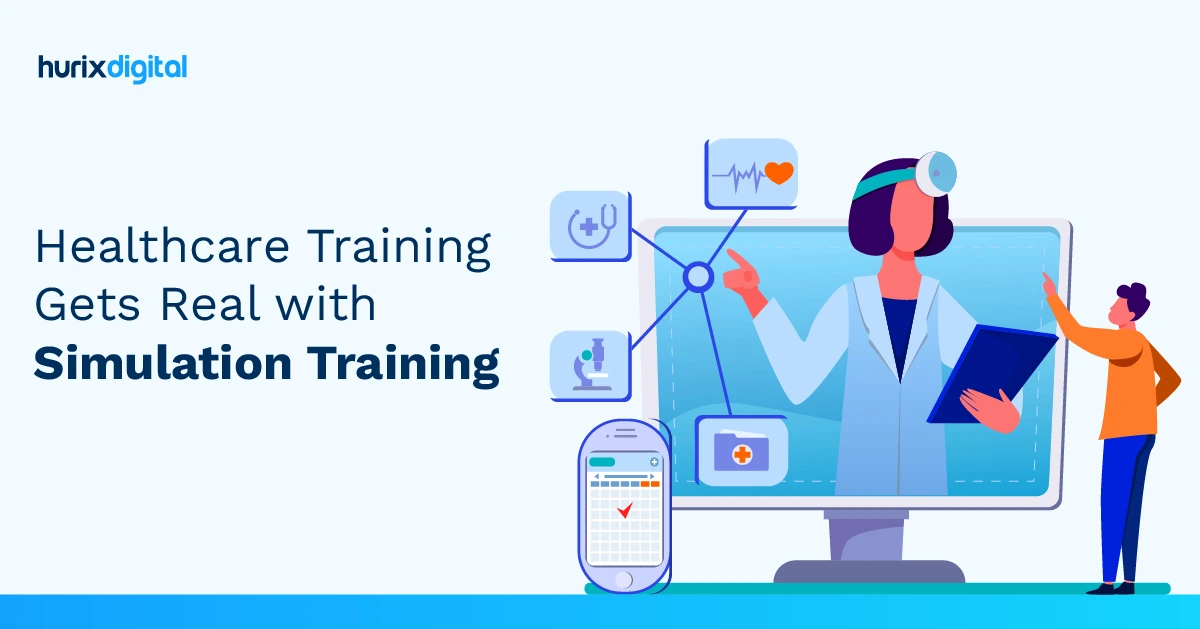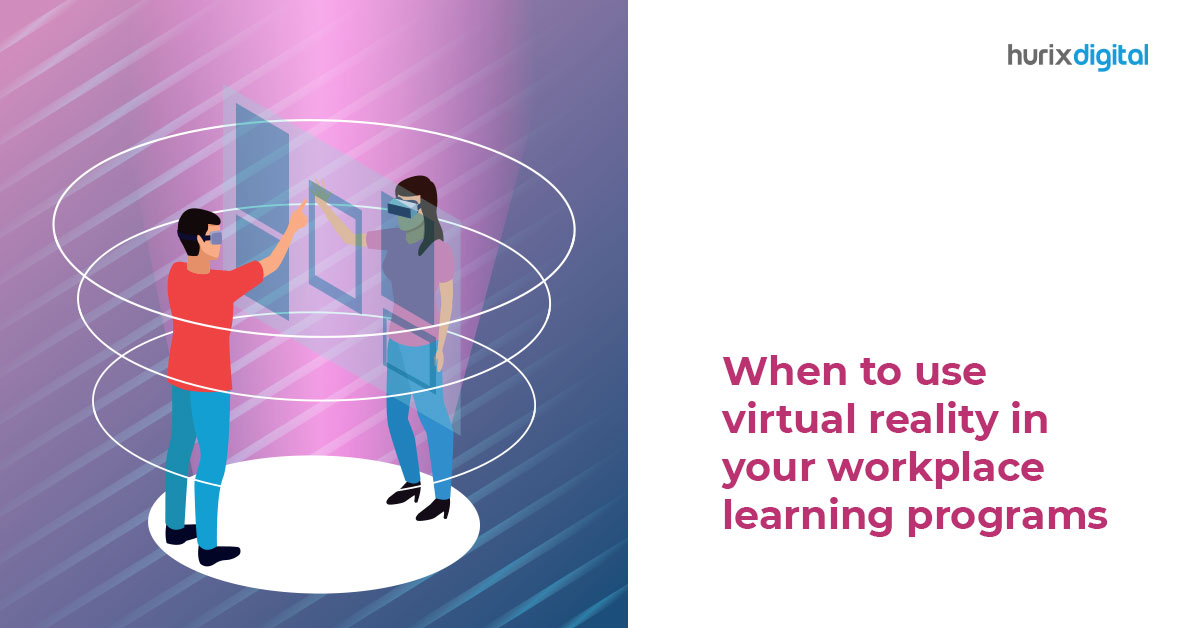
7 Benefits of Using AR and VR Technology in Employee Training
Summarize with:
The blog post highlights the advantages of using Augmented Reality (AR) and Virtual Reality (VR) technology in employee training. It discusses how AR/VR simulations create immersive and interactive learning experiences, enhance skill development, improve knowledge retention, and increase employee engagement.
Augmented and virtual reality are no longer buzzwords but actual reality. Like every other industry, new immersion technologies called augmented and virtual reality are changing the face of employee training.
A recent study found that organizations that have adopted AR/VR training solutions have witnessed an average increase of 56% in employee understanding and retention of knowledge. This, in turn, hints at the transformative potential of AR/VR in changing the way we learn and evolve.
Traditional classroom settings and training materials are obsolete. AR and VR technologies offer a more engaging, interactive, and effective approach to employee development. These technologies create a more memorable and impactful learning environment by immersing learners in realistic simulations and providing hands-on experiences.
Table of Contents:
- What is AR?
- What is VR?
- Benefits of Augmented Reality and Virtual Reality in Employee Training
- Wrapping Up
What is AR?
AR or augmented reality training is the incorporation of digital information in a video or user environment in real time. You can use the technology to superimpose sound, videos, images, animations, and more to create a holographic effect.
For example, using an AR app on your smartphone, you could point it at a building and see historical information or reviews pop up. Or, while shopping, you could use AR to visualize furniture in your home before buying it.
What is VR?
VR or virtual reality is a technology that creates a virtual environment, putting the user inside the experience. Using VR headsets, viewers can interact and manipulate a 3D world for an experience closer to reality.
Also Read: Trends and Innovations in Instructional Design for Workforce Learning
When you wear a VR headset, you are transported to a different world where you can interact with objects and characters. It’s like stepping into a video game or movie.
Benefits of Augmented Reality and Virtual Reality in Employee Training
1. Providing Training in a Safe and Affordable Manner
Some industries need to train their employees in the processes and operations before they assume full responsibility. For instance, employees working in power plants or manufacturing units need to know how to operate machines properly on the site. Unless they get a good knowledge of things, they cannot be allowed to take over.
AR VR in training can be used to make simulations where training can be safe and free of consequences. Employers can create an exact simulation of their operations with the equipment they use. New employees can then gain expertise through the simulation and experiment to their heart’s content.
Even if they make mistakes, the consequences will only be felt in the virtual world of the simulation. VR simulations put the learner inside the virtual environment. They do not use the mouse or keyboard to navigate or interact. They can find themselves inside a 3D production line where they can try their skills in real time. VR simulations create the feel of navigating the real world effectively for better practical learning.
2. A Better Way of Practicing Skills
Practicing your skills is the best way to sharpen them. According to studies, we retain much more information when we combine our learning with “doing.” Hands-on practice is the best way to retain information compared to discussions, lectures, reading, or even audio-visual learning. It has a retention rate of 75% compared to lectures with 5% retention capabilities.
AR and VR in training provide ample opportunities for repeated practice and feedback, which can help employees develop the skills and confidence needed to excel in their roles. By providing opportunities for hands-on practice in a safe, realistic, and personalized environment, AR and VR training can help employees develop the skills they need to succeed.
3. Developing Soft Skills and Expertise
VR and AR can help enterprises develop their employees’ soft skills and expertise. Walmart, for example, has been using VR to train its employees to handle customers better. The retail giant even used VR to get employees familiar with dealing with Black Friday customers. Such opportunities help enterprises get employees ready to provide increased customer satisfaction.
Employers can create VR simulations for specific situations the employees are likely to encounter. This makes the employees more comfortable in the actual situations and enables them to provide better service to the customers. Walmart, in this case, uses the Oculus VR headset to provide training. These technologies are ideal for letting employees develop soft skills.
4. Getting Employees Ready for Emergencies
VR and AR are ideal for training employees to handle real-life situations. Currently, some airports are using this technology for airport safety training. The International Air Transport Association has long used a VR platform to train employees in on-ground operations.
The technique allowed the association to cut back damage to aircraft and equipment and reduce the cost of training. Some companies are using VR to train employees to handle emergencies. Walmart seems to be a pioneer in VR learning, using the technology to train employees for real-time threats. The organization used VR to train the staff to learn how to control a shooting situation.
5. Enhance the Effectiveness of Learning Materials
Employers can develop solutions where pointing your phone camera at a specific text of a training manual leads to additional materials or resources popping up on the users’ screen. This technique can be used by enterprises to train employees about certain products, services, or solutions.
Research also shows VR teaching to be more effective than traditional methods. According to a study, the VR/AR learners had a recall rate of 80% even after 1-year of training. Traditional learning, on the other hand, has a recall rate of only 20% after 1-week.
6. Helping Employees Develop Technical Skills
VR and AR are ideal for developing soft skills and practice-based learning. However, the same technologies can also help develop technical skills. The healthcare industry has already started using VR to train doctors and nurses. In one study by Yale University, the VR learners performed surgeries 29% faster and with 6 times fewer mistakes than the traditional learning group.
The construction industry, too, uses VR and AR for safety training. Workers can learn how to operate machinery or assemble products in a simulated environment, reducing the risk of errors and accidents. A study evaluated the effectiveness of immersive learning technologies for safety training. One group received training via VR simulation, and the other used traditional methods.
The researchers then tested both groups after training. And one month later, interestingly, the VR group outperformed the other group at the evaluations. There is no doubt about the effectiveness of using virtual reality in corporate training. That’s why many enterprises have decided to invest in immersive learning involving VR and AR.
7. The Best Way for Gamification
Gamification has been used for a while to train and onboard employees. The approach helps employees learn better and show an increased success rate. VR and AR can now take gamification to a completely new level.
Enterprises can now use VR to develop advanced gamification techniques for improved learning. The process is perfect for getting your employees on board and cutting the tiresome process in half. You can even present the best of your company and develop a highly engaging learning experience.
For example:
- Virtual Escape Rooms: These will help employees to collaborate in solving a puzzle and escape a virtual environment, therefore nurturing good teamwork skills and the ability to solve problems.
- Role-Playing Games: Individuals can assume various roles and then go through scenarios during which they try their customer service, negotiation, or leadership capabilities in a protected area.
- Competitive Challenges: Team members can race or compete against other fellow members on virtual races, quizzes, or obstacle courses.
Also read: 4 Reasons Why AR Training is Improving L&D
Wrapping Up
VR and AR have become mainstream in the gaming industry. Slowly, other industries are also opening up and using these technologies for interactive and personalized learning experiences. VR gamification is preferred because it creates a sense of reality, and helps the employees learn in real-time. VR-based enterprise training is expected to generate $6 billion by 2022.
VR and AR are now being used for teaching in schools, colleges, and workplaces. Most industries have a strong potential for VR learning with advantages like time and cost savings. You, too, can leverage augmented reality benefits and VR training benefits with the latest trends in eLearning. Hence, you can improve the employee learning experience with AR and VR.
It will open the road to effective learning, better retention, cost-cutting, and lower risks. The reduced equipment cost like VR headsets will also help enterprises achieve a good ROI.
Your employees will also be ready to handle all situations, gaining experience from simulation-based learning. Hurix Digital provides innovative solutions for enterprises to deliver exceptional training experiences. Connect with our team, and we will help you enhance your training program.
Summarize with:

 A Space for Thoughtful
A Space for Thoughtful 



